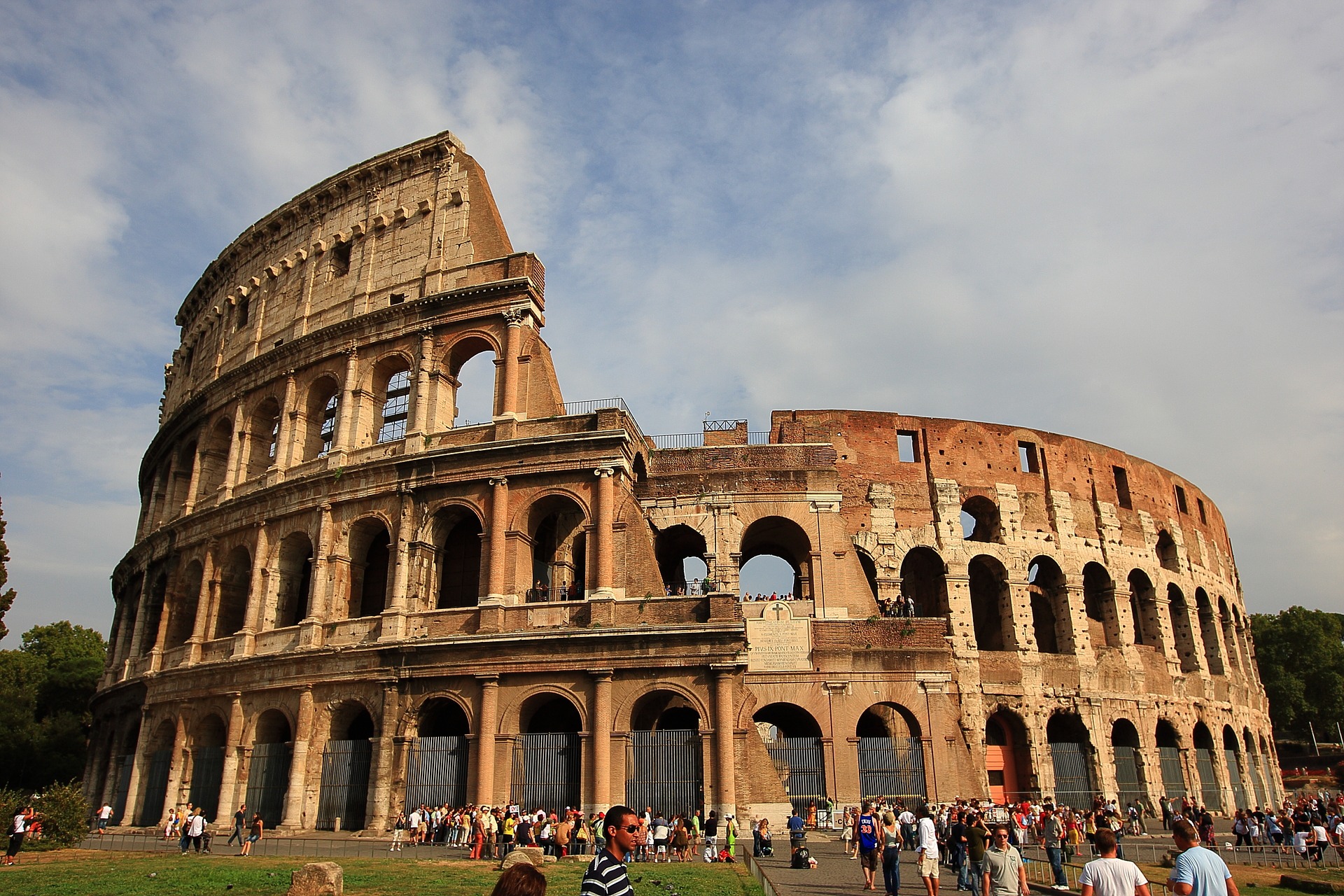Think of a city where traffic moves fast and effortlessly. Yes, we’re talking about sci-fi movie-like vehicles operating on their own and buses and trains running on time.
It’s not just a futuristic dream. It can be a reality. Now with artificial intelligence, and internet of things (IoT), and real time data we’re at an age to take urban transportation to the next level.
But the blueprint for smart cities isn’t just about flashy technology. At the core, these technologies are all about making commuting easier, faster, and more efficient than before.
Yes, we’re talking cost effective and eco-friendly commute that also aligns with the services new world technology can provide.
That said, this new mode of commute should also be accessible to the masses. For cities, such commutes should be available to someone rushing to their workplace or a visitor taking a tour of the city.
You can think of taking an Audi A3 rental in Dubai, for example — it offers a stylish, hassle-free way to navigate its cutting-edge roads.
Read this blog post to learn how smart city blueprints are driving sustainable transportation.
Blueprint for Smart Cities: How Smart Technology is Reshaping Urban Mobility

As the urban population keeps growing fast, it becomes easier and faster to for innovative solutions to get convenience.
These new modes of transportation makes commuting convenient while also cutting down emission, and improving public transit.
Here’s how the new and emerging technologies are transforming smart cities:
Data-Backed System
Transforming the overall transportation system within an organization takes more than smart cars and futuristic vehicles. It’s all built on top of data.
The modern blueprint for smart cities include collected, analyzed and properly applied data.
These data and the mechanism enhances transportation systems and helps build a network that stays seamless and reduces traffic jam, pollution, and improves public transit.
IoT for the Future
IoT as a new technology also plays crucial roel by linking traffic sensors, GPS trackers nd cameras for sharing real-time data. AI then processes this data and predicts congestion and adjusts traffic signal instantly.
As a transforming power in the tech world IoT transforms big data, and cloud computing, helping city planners make informed decisions which benefit everyone on the road.
Smarter Traffic Management for Smoother Roads

Traffic congestion is a universal urban challenge. Traditional traffic signals operate on fixed schedules, often causing unnecessary delays.
But AI powered signals take it to the next level by adapting signals based on the real time conditions of a road.
It helps avoid human intervention and makes a smart city operate without much manual involvement of traffic polices.
If we’re thinking that AI driven traffic controls and solutions are of the next generation, we’re mistaken. There’s an AI-driven traffic control in Singapore alone.
It helps implement AI-driven traffic control system continuously monitoring the congestions on the road. It optimizes the traffic signals based on the traffic on the road.
Cities that adopt similar technology can also significantly enhance road efficiency, shortening travel times by a large margin.
The Rise of Connected and Autonomous Vehicles
Once a sci-fi fantasy, self-driving cars are now being tested in major cities. These vehicles rely on advanced sensors, machine learning, and vehicle-to-everything (V2X) communication to navigate safely.
By coordinating with traffic signals, other vehicles, and city infrastructure, they optimize routes and prevent collisions.
Enhancing Public Transportation for a Better Commute

At the heart of the urban transportation system is public transit. Smart technologies are making transportation and travel much easier in bigger cities.
With real-time tracking, it’s easier to check the bus and train schedules and travel on time.
On the other hand, transit agencies can use predictive analytics and IoT to minimize lateness and provide servies on time.
London’s Oyster Card is a prime example, enabling seamless travel across different transportation modes. Many cities are now embracing mobile ticketing and contactless payments, making public transit more accessible and user-friendly.
Urban Tourism Taking New Heights with Mobility as a Service (MaaS)
Mobility as a Service (MaaS) is redefining the way people move around through ride-share solutions. Now, bike rentals, ride sharing, and public transport are coming under one single application.
With these platforms, it’s easier to plan, book, and pay for multi-modal trips with zero effort. This new change is driving urban tourism to a different level.
People coming from different countries and cultures don’t have to worry about an app taking the wheel for their commutes and travels around the city.
Helsinki’s Whim app exemplifies this shift, combining buses, taxis, bikes, and car rentals into a subscription-based service for seamless, cost-effective travel. By unifying different transportation options, MaaS reduces reliance on private cars and encourages sustainable mobility.
Sustainable Solutions for Greener Cities
How can we forget the importance of sustainability in transportation in a modern world where everything is taking a green-friendly approach?
Smart transportation is making a huge mark in the industry. Diesel buses are being swapped for electric and hydrogen-powered vehicles.
This new change is also cutting down emissions improving air qualities in big cities by a drastic margin.
Think of a place like Amsterdam, where expanding bike lanes makes it easier to cycle making it a very practice and eco-friendly solution for the city.
Cities are also doubling down on bike-sharing programs and pedestrian-friendly design, cutting car dependency while boosting public health.
Even in luxury travel, sustainability is taking center stage. You can now find luxury cars for hire in Dubai that offer high-end electric and hybrid options, proving that the more eco-friendly choices don’t have to come at the expense of style.
The Future of Urban Mobility
While challenges exist, the future of transportation is promising. AI and 5G connectivity will enable even faster data sharing, further enhancing mobility solutions. Governments worldwide are setting ambitious goals to reduce emissions and improve public transit, pushing cities toward smarter solutions.
As more cities adopt advanced technology, transportation will continue to evolve. From fully autonomous networks to AI-powered infrastructure, the urban mobility revolution is well underway.
Conclusion
Urban travel and urban living are on the verge of a massive change ushered in by evolving technology. The blueprint for smart cities now include IoT and smart transportation making them the key players involved in that change.
With AI-driven traffic systems and seamless multi-modal transits, the future of city life is.
While challenges remain, the potential for transformation is clear. As technology advances, the real question isn’t if cities will adapt, but how quickly they’ll embrace smarter mobility.














